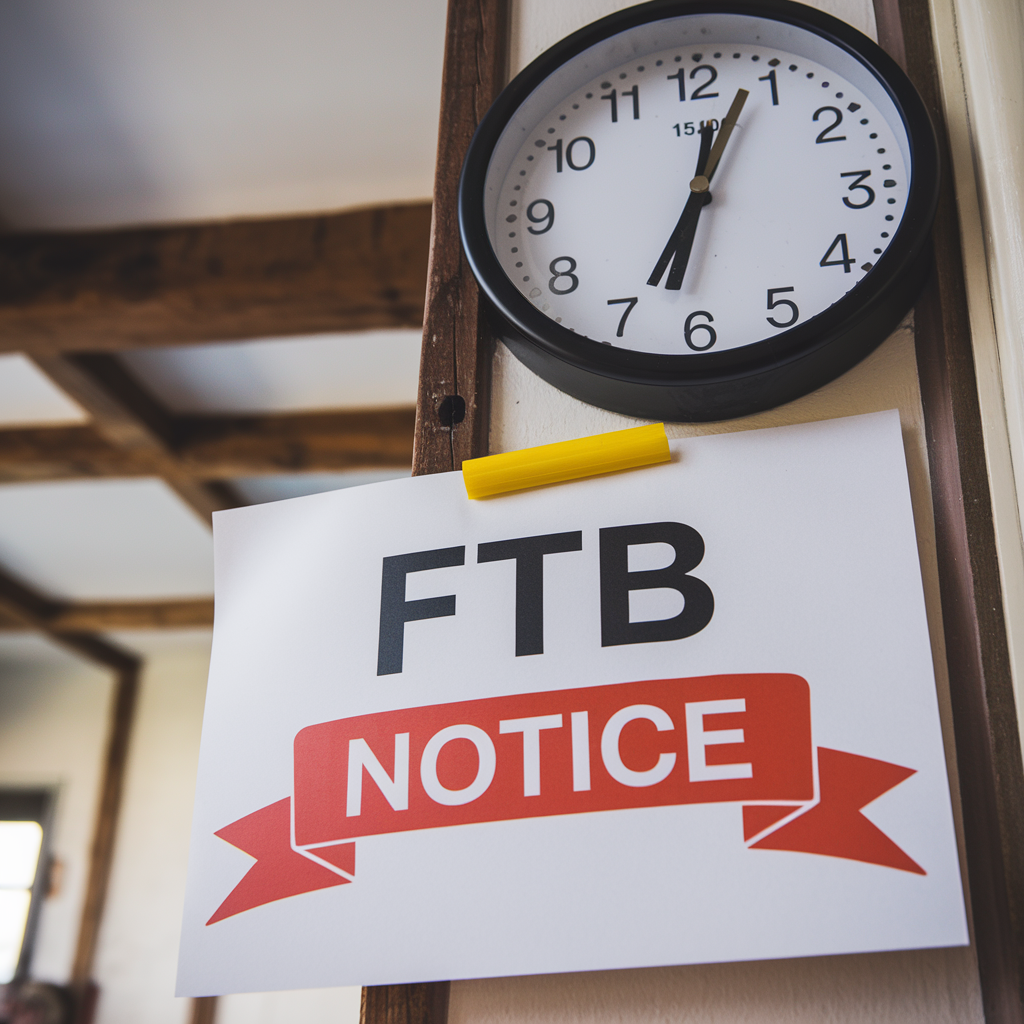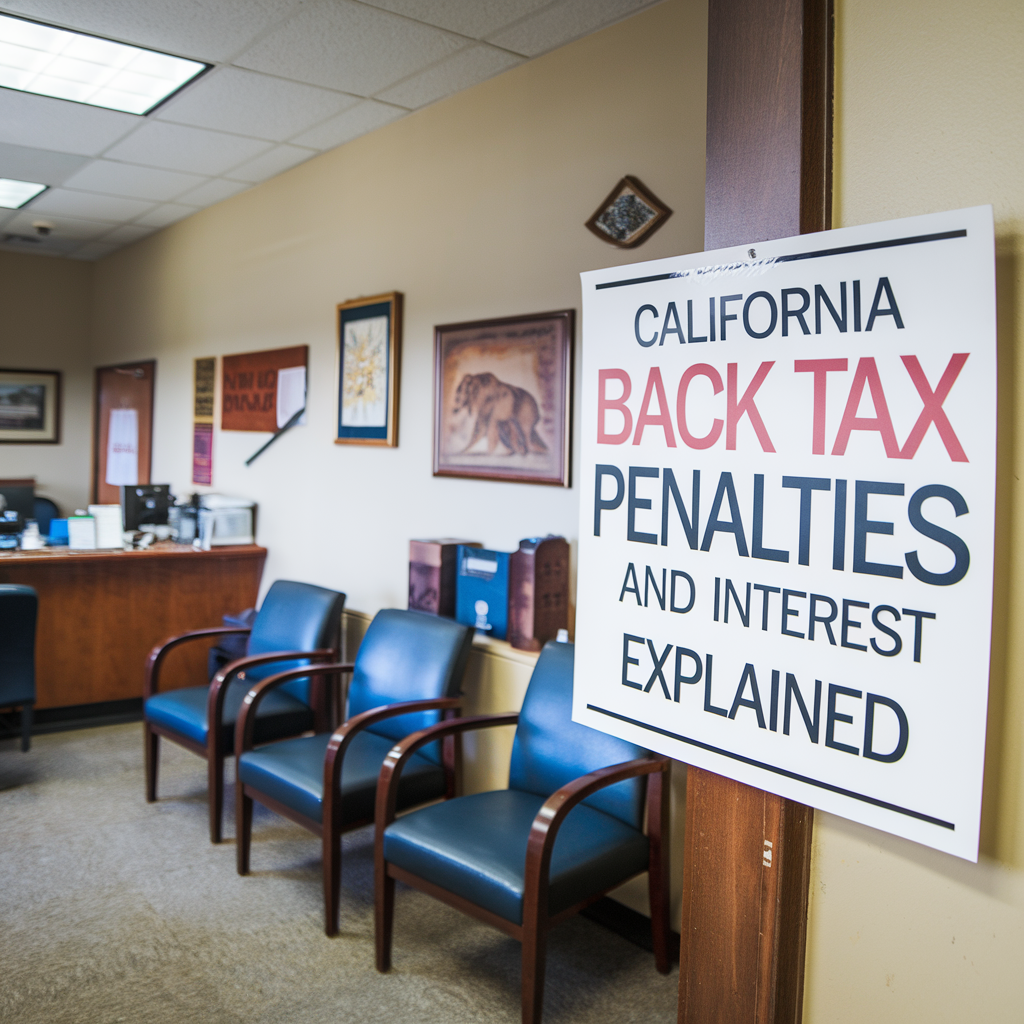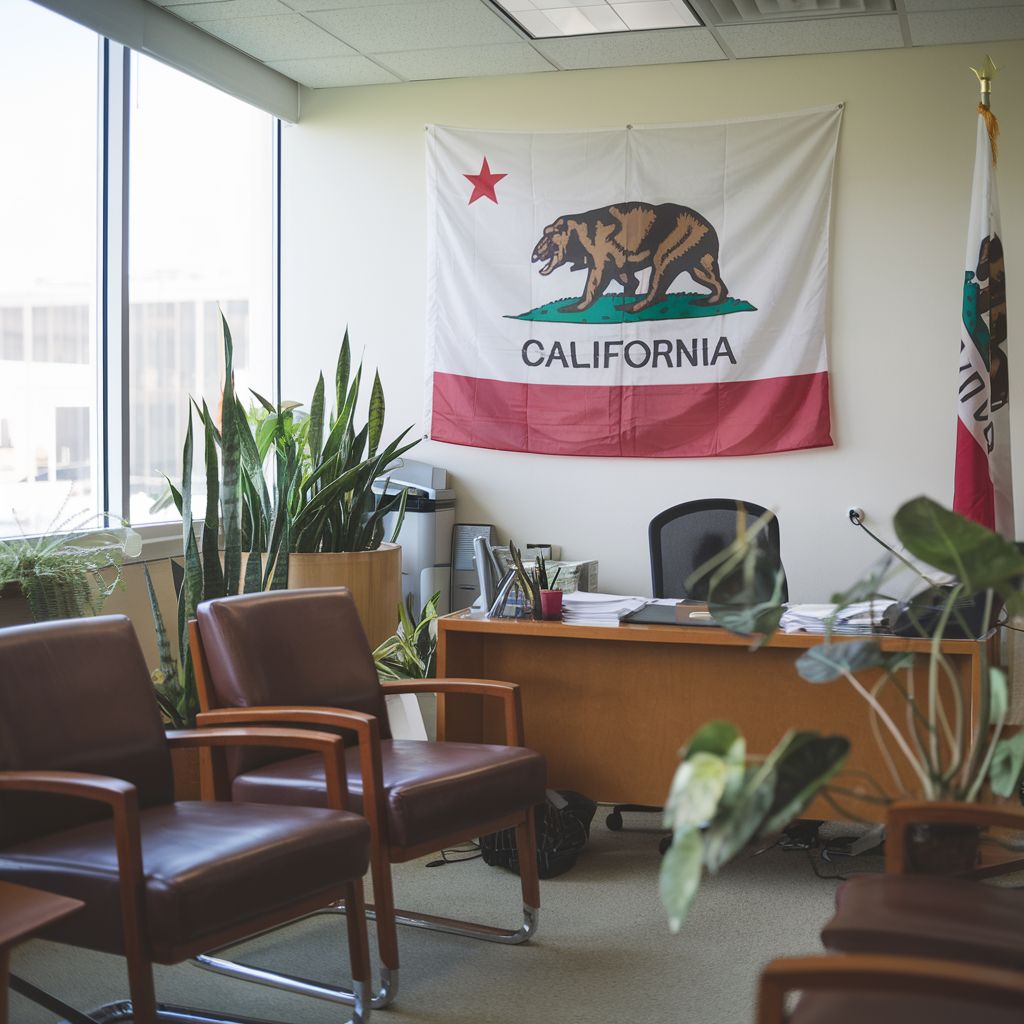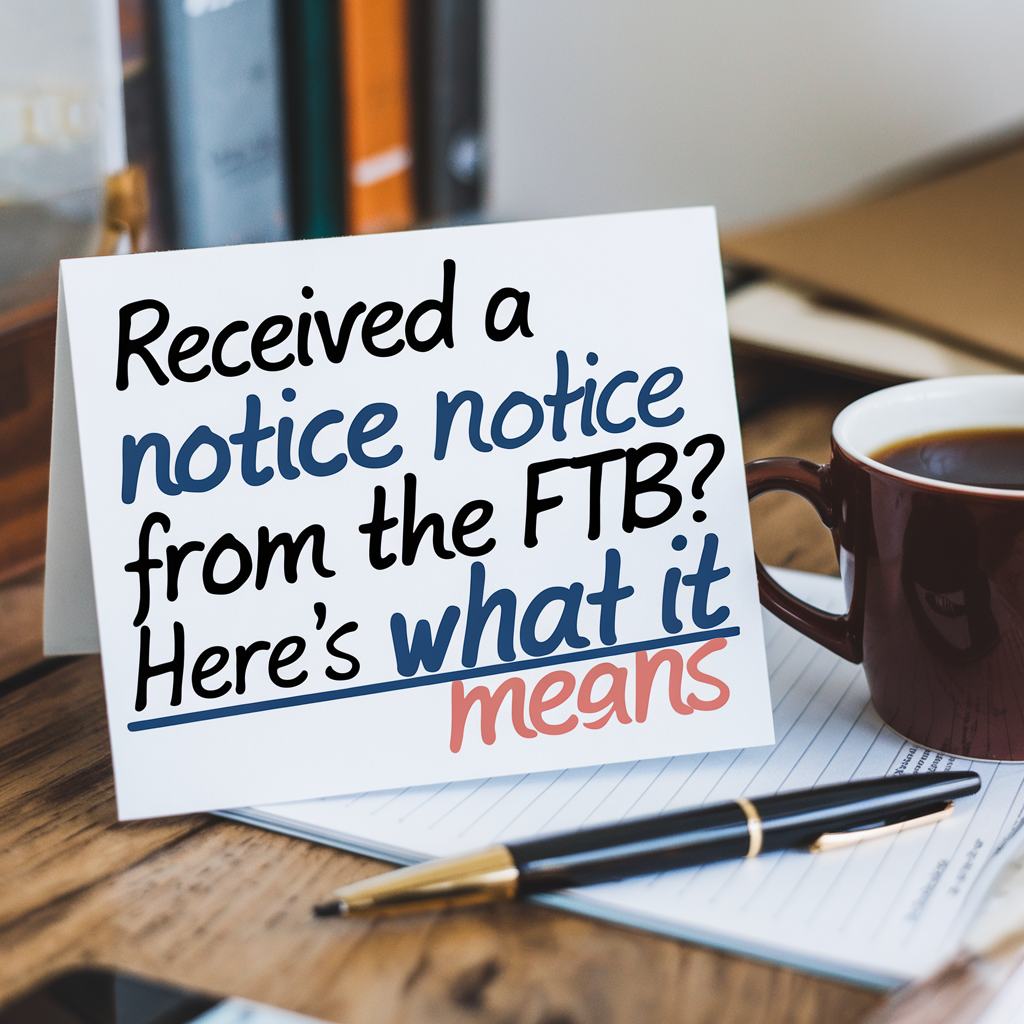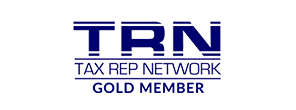FTB Levy vs IRS Levy: What California Taxpayers Need to Know

Introduction: Not All Tax Levies Are Created Equal
If you’ve received a notice from the California Franchise Tax Board (FTB) or the IRS, you may be wondering what comes next — and whether you’re about to lose access to your bank account, wages, or property.
Both agencies have the power to levy (seize) your assets. But the FTB and IRS levy processes are very different — and knowing how each one works can be the difference between protecting your income and getting blindsided.
In this authoritative guide, we break down the key differences between IRS and FTB levies, what triggers them, and what Orange County taxpayers can do right now to stop collections.
What Is a Tax Levy?
A levy is a legal seizure of your property by a tax authority to satisfy a debt. It can apply to:
- Your bank accounts
- Your wages or salary (wage garnishment)
- Rental income or business payments
- Vehicles or real estate (in extreme cases)
Levies are not the same as liens. A lien is a public claim — a levy actually takes your money.
Key Differences: IRS vs FTB Levy Process
Here’s a high-level comparison:
| Feature | IRS Levy | FTB Levy |
|---|---|---|
| Notice Requirement | Final Notice + 30-day waiting period | No formal appeal window after final notice |
| Timeline | Slower, often weeks/months | Faster, sometimes days after warning |
| Wage Garnishment Method | % of income, based on tables | Fixed exemption amount (more aggressive) |
| Bank Levy Behavior | One-time per levy action | Continuous until resolved |
| Lien Filing Threshold | Usually $10,000 or more | Can be as low as $100 |
| Relief Options | CNC, Installment Agreement, OIC | Hardship Deferral, Installment Agreement, OIC |
| Enforcement Reputation | Methodical, process-driven | Fast, automated, aggressive |
IRS Levy Process (Federal)
The IRS levy process follows a strict procedural timeline. You’ll receive:
- Notice of Tax Due
- Final Notice of Intent to Levy
- Right to a Collection Due Process (CDP) hearing
You typically have 30 days to respond before the levy is enacted.
The IRS may garnish wages, levy your bank account, and seize other property — but it’s generally slower and gives you time to respond.
💡 Want to understand your options?
👉
Top Tax Relief Options for California Taxpayers
FTB Levy Process (California)
The Franchise Tax Board is much more aggressive — and often acts before you know what hit you.
FTB collections often look like this:
- Demand for Payment →
- Final Notice →
- Bank levy or wage garnishment within days
FTB can:
- Garnish wages using an exemption formula rather than a percentage
- File tax liens on balances as low as $100
- Freeze your bank account with no advance court hearing
Which Is Worse — an IRS Levy or an FTB Levy?
It depends, but for many Orange County taxpayers:
- The IRS gives you more time to respond
- The FTB acts faster and is harder to negotiate with once collections begin
In practice, FTB levies are often more disruptive, especially for:
- W-2 employees
- Self-employed individuals
- Anyone with bank accounts in California
Can You Be Levied by Both the IRS and FTB at the Same Time?
Yes — and it happens more often than you’d think.
For example, a self-employed contractor in Irvine may owe:
- $40,000 to the IRS
- $12,000 to the FTB
If both agencies start collections simultaneously, they can double-garnish your paycheck or drain multiple bank accounts.
📖 Related:
👉
FTB Collections Process: A Guide for California Taxpayers
How to Stop a Levy (IRS or FTB)
Whether you’re dealing with the IRS or FTB, there are legal ways to stop or reverse a levy:
✅ 1. Installment Agreement
Set up a payment plan before or during levy action.
- IRS: Requires financial disclosure for large balances
- FTB: Offers streamlined and full-disclosure options
✅ 2. Offer in Compromise
Settle your tax debt for less than what you owe if you can show you’re unable to pay the full amount.
📖 Learn more:
👉
California FTB Offer in Compromise vs IRS Offer
✅ 3. Hardship Deferral (Temporary Relief)
- IRS: “Currently Not Collectible” (CNC)
- FTB: Financial hardship suspension of collection efforts
📖 Full guide:
👉
How to Qualify for a California FTB Hardship Deferral
✅ 4. Penalty Abatement
If the levy is tied to penalties caused by events outside your control (e.g., natural disaster, illness), you may be able to have penalties removed.
📖 Read more:
👉
Can You Get California Tax Penalties Removed?
✅ 5. File Missing Returns
If your levy is due to non-filing, the fastest way to stop it is to file the required returns and bring your account into compliance.
How Boulanger CPA Helps Orange County Taxpayers
At Boulanger CPA and Consulting PC, we help individuals and small business owners across Orange County:
- Respond to IRS and FTB levy notices
- Stop wage garnishments and bank levies
- Set up installment agreements or settlements
- Negotiate penalty relief
- Prevent future collection actions
We’ve helped clients in Santa Ana, Irvine, Anaheim, and Fullerton take control of tax debt before enforcement becomes life-disrupting.
Don’t Wait for a Levy to Hit — Get Help Now
If you’ve received a notice — or suspect one is coming — take action before your wages, accounts, or property are affected.
📞 Call
Boulanger CPA at
657-218-5700
🌐
Schedule online at
orangecounty.cpa
Frequently Asked Questions
What’s the main difference between an FTB levy and an IRS levy?
The FTB typically acts faster and requires less notice than the IRS. The IRS must give a 30-day window; the FTB may garnish wages or freeze accounts shortly after final notice.
Can both agencies levy me at the same time?
Yes. If you owe both the IRS and FTB, they can both garnish wages or levy accounts independently.
Which agency is more aggressive?
The FTB is generally more automated and less flexible. The IRS is more procedural but still very serious.
Can I stop a levy before it happens?
Yes. A CPA can help you request a payment plan, hardship deferral, or settlement before enforcement begins.


